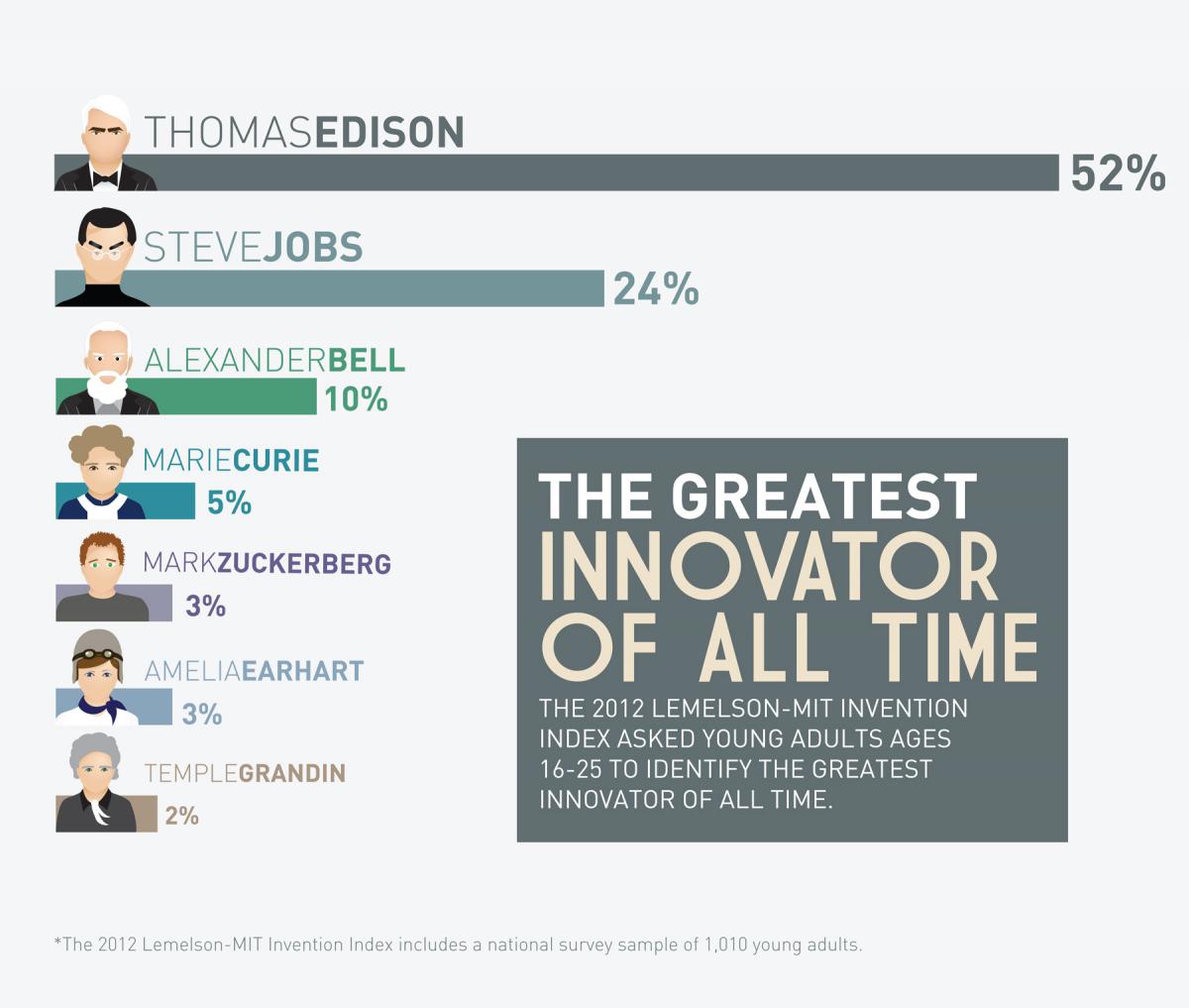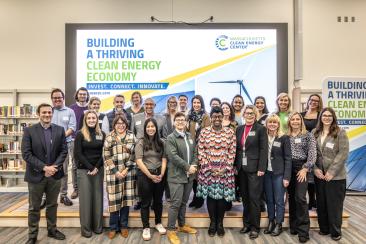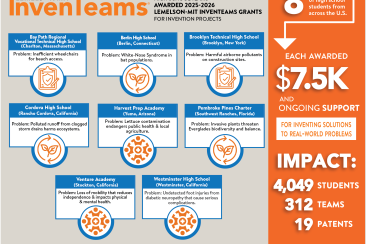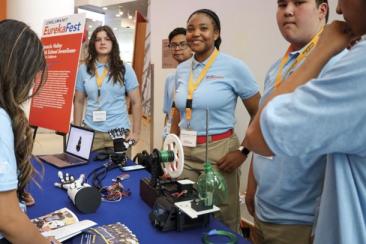Young Americans Recognize the Impact of Innovation on U.S. Economy

2012 Lemelson-MIT Invention Index reveals barriers and drivers to becoming U.S. inventors.
Cambridge, Mass., January 25, 2012– The 2012 Lemelson-MIT Invention Index (1), announced today, indicates that young Americans are acutely aware of the importance of invention and innovation in their personal lives, and within the context of the nation’s economy. Yet most feel there are factors that would prevent them from furthering education in or entering inventive fields, posing a threat to the pool of future U.S. innovators and the country’s economic prosperity.
A Threat to U.S. Innovation
The annual Lemelson-MIT Invention Index, which gauges Americans’ perceptions about invention and innovation, surveyed Americans ages 16 – 25. When asked about how new technology like smartphones and tablets influences and impacts their personal lives, 40 percent of respondents said they couldn’t imagine their life without it. Americans also have a clear understanding of the role invention and innovation play in the health of the nation with nearly half (47 percent) saying that a lack of invention will hurt the U.S. economy. Those surveyed, however, may not be the ones to take-on the challenge; 60 percent say there are factors that could keep them from pursuing an education or career in science, technology, engineering or math - fields that yield invention and lead to innovation.
Thomas Edison Chosen over Steve Jobs as Greatest Innovator
Though part of the “Apple Generation,” many young Americans surprisingly chose Thomas Edison (54 percent) over Steve Jobs (24 percent) as the greatest innovator of all time, demonstrating that education around the history of invention exists in today’s curriculum. However, it may not be strong enough to inspire young Americans to make the leap into innovative fields themselves. When asked what other factors would stop them from pursuing innovation-driving fields, nearly half (45 percent) said that invention is not given enough attention in their school.
Additionally, 28 percent said their education left them unprepared to enter these fields.
“Hands-on invention activities are critical, but few too many students have opportunities to learn and develop their inventive skills,” said Leigh Estabrooks, the Lemelson-MIT Program’s invention education officer. “This year’s survey revealed that less than half of respondents have done things like used a drill or hand-held power tool, or made something out of raw materials in the past year. We must engage students in these types of invention experiences as well as provide a strong STEM education to drive future innovators.”
Driving Future Innovators
American youth feel that education is most in need of a new, inventive solution, more than other fields like healthcare, energy and finance. They also believe there are several ways to generate aspiring inventors by reforming learning experiences both in and out of the classroom. Fifty-four percent said including invention projects during school, or a creative field trip could be a solution; while 52 percent said simply giving students a place to develop an invention could do the trick.
Outside of the classroom, a majority (80 percent) expressed interest in education training courses to help them become more inventive and creative. Fifty-eight percent said an opportunity to participate in an invention-related national service co-op, such as a training program where aspiring inventors can “shadow” working professionals in science, technology, engineering and math would encourage aspiring inventors in the U.S.
Joshua Schuler, executive director of the Lemelson-MIT Program, supports such ideas. “These encouraging statistics show that young Americans have an interest in learning more about invention. At the Lemelson-MIT Program our mission is to celebrate and inspire invention. We invite communities to join us by giving youth access to role models and hands-on programs like InvenTeams to help them become more inventive in their personal and professional lives.”
Now in its ninth year, the Lemelson-MIT InvenTeam Initiative inspires and empowers youth to invent by engaging students in creative thinking, problem-solving and hands-on learning. Granted up to $10,000 each, InvenTeams create and pursue a yearlong invention project addressing real-world problems such as energy efficiency and disaster relief.
(1) The 2012 Lemelson-MIT Invention Index survey was conducted by Kelton Research December 9-15, 2011, using an internet-based, multiple-choice format. The sample size of 1,000 respondents, ages 16-25, at the 95 percent confidence level would equate to + or – 3.1 percent margin of error had this been a random sample. * Please refer to the survey as the Lemelson-MIT Invention Index.





